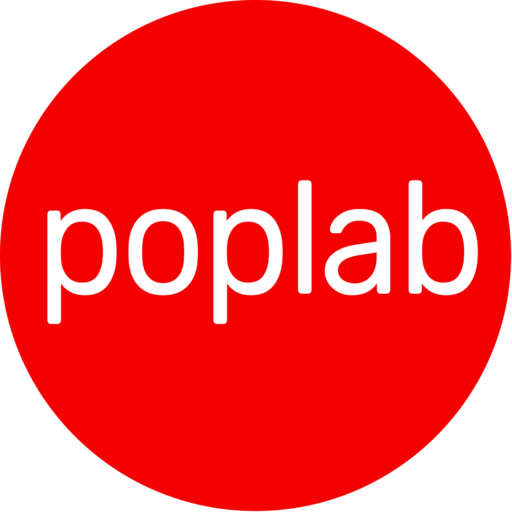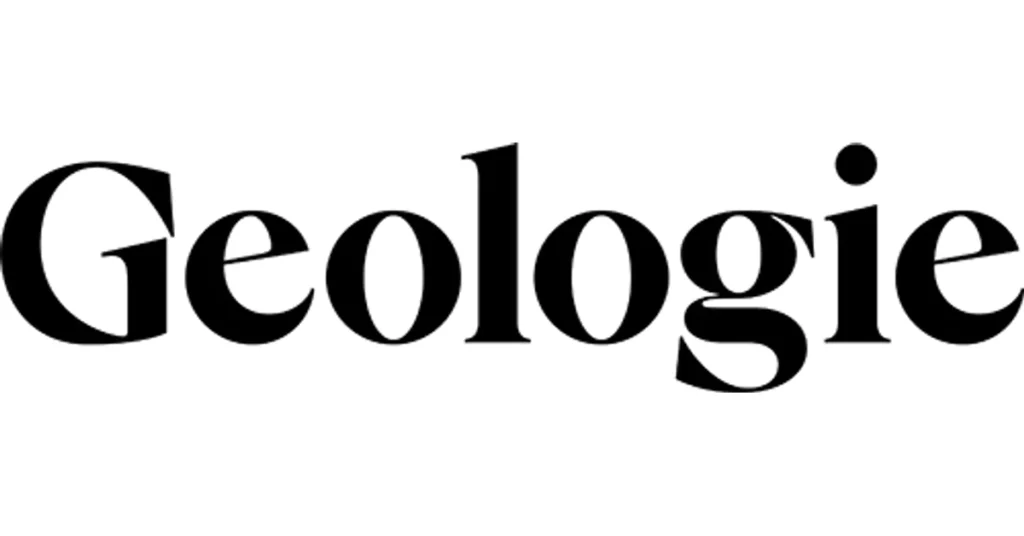Contesto
Mimecast Limited è un'azienda specializzata nella fornitura di soluzioni di gestione email basate su cloud per Microsoft Exchange e Microsoft Office 365. I loro servizi includono funzionalità di sicurezza, archiviazione e continuità per proteggere la posta elettronica aziendale. I loro servizi sono principalmente accessibili attraverso una console di amministrazione di livello enterprise utilizzata dai clienti aziendali per gestire la sicurezza di email e web, l'archiviazione cloud e i servizi di continuità.

Inoltre, l'azienda fornisce app web native e basate su browser per gli utenti finali, app mobili e integrazioni e plugin di terze parti utilizzati dai dipendenti nelle loro attività quotidiane.
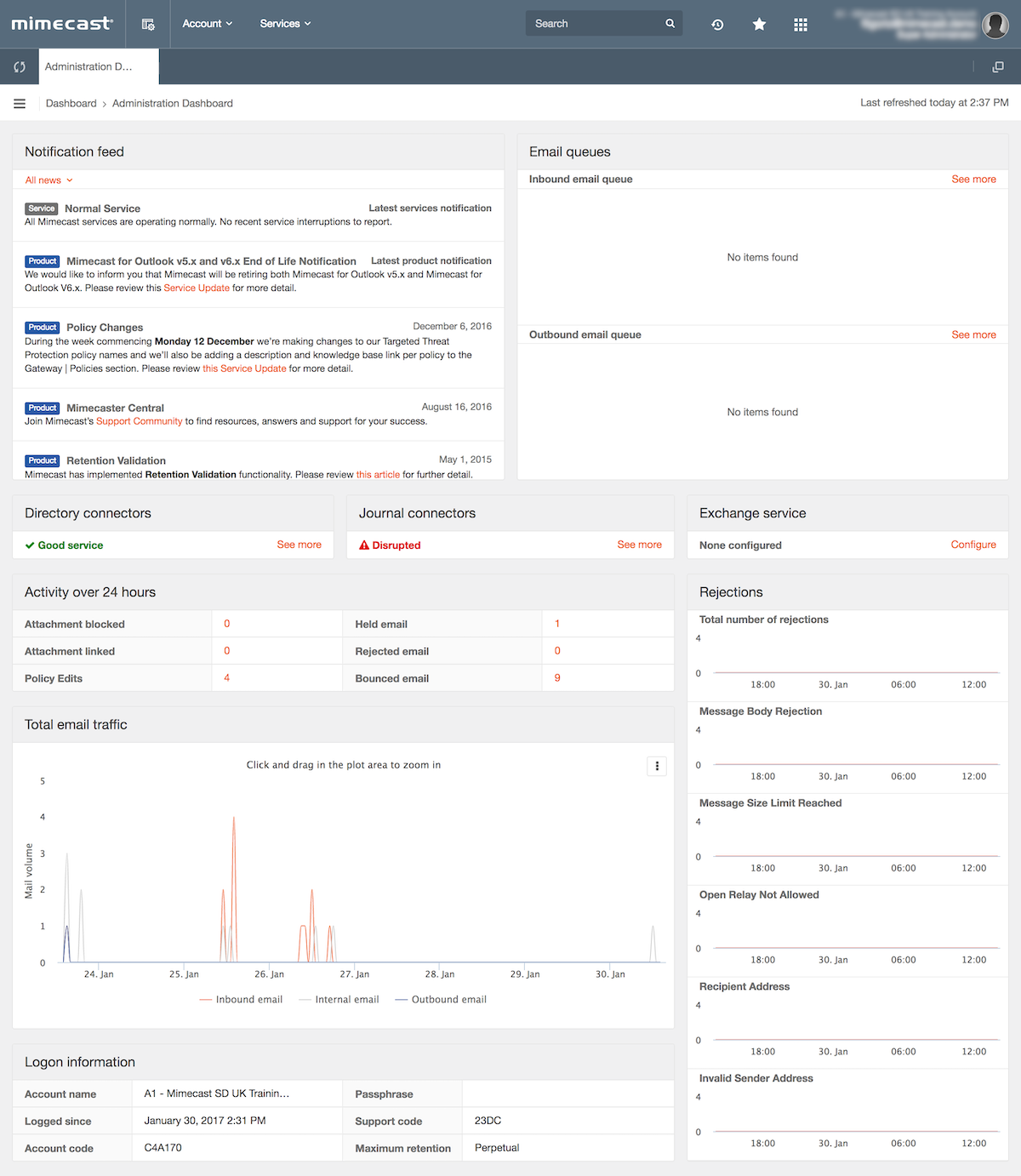
Sfida
La Dashboard Mimecast era un'applicazione web aziendale sofisticata e tecnologicamente avanzata, ma purtroppo presentava lacune in termini di esperienza utente. Anche attività semplici come l'onboarding o la gestione delle funzionalità richiedevano una conoscenza approfondita delle funzionalità dell'applicazione, come descritto in estesi articoli tutorial e video di onboarding del prodotto.
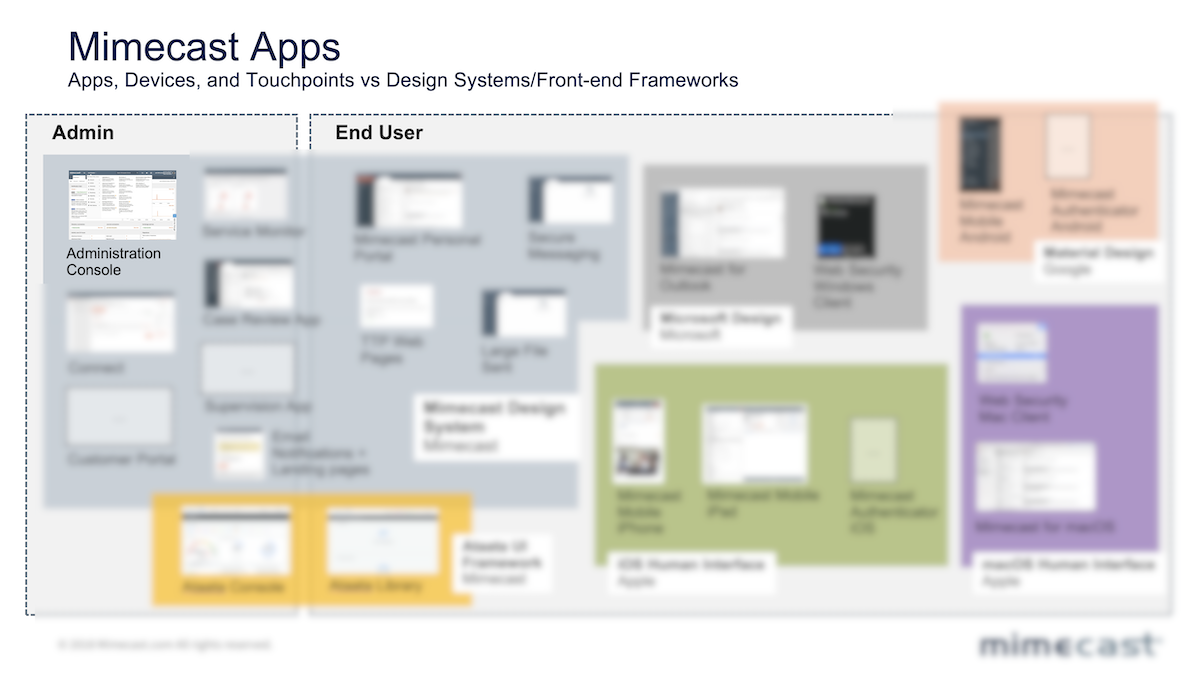
Questo significativo debito di design era il risultato diretto di anni di processi di sviluppo prodotto guidati dal engineering dove il design giocava solo un ruolo marginale, principalmente considerato come l'ultimo step nel ciclo di vita dello sviluppo del prodotto, e ridotto ad attività legate all'UI. La frammentazione dell'esperienza e le inconsistenze UX hanno reso l'intero progetto ancora più impegnativo a causa delle limitazioni imposte dai sistemi legacy in uso. L'azienda stava anche spendendo considerevoli risorse per supportare i clienti nelle loro attività quotidiane, il che ha aggiunto ulteriore complessità alla situazione.
Approccio
Una delle pietre miliari in questo entusiasmante percorso è iniziata con l'istituzione della funzione di User Research interna all'organizzazione Design. I ricercatori hanno iniziato ad analizzare e profilare gli utenti della Dashboard Mimecast esaminando i loro comportamenti, attività, necessità e ambiente, e utilizzando queste osservazioni insieme ai dati analitici per identificare le loro difficoltà e fornire potenziali soluzioni al team allargato.
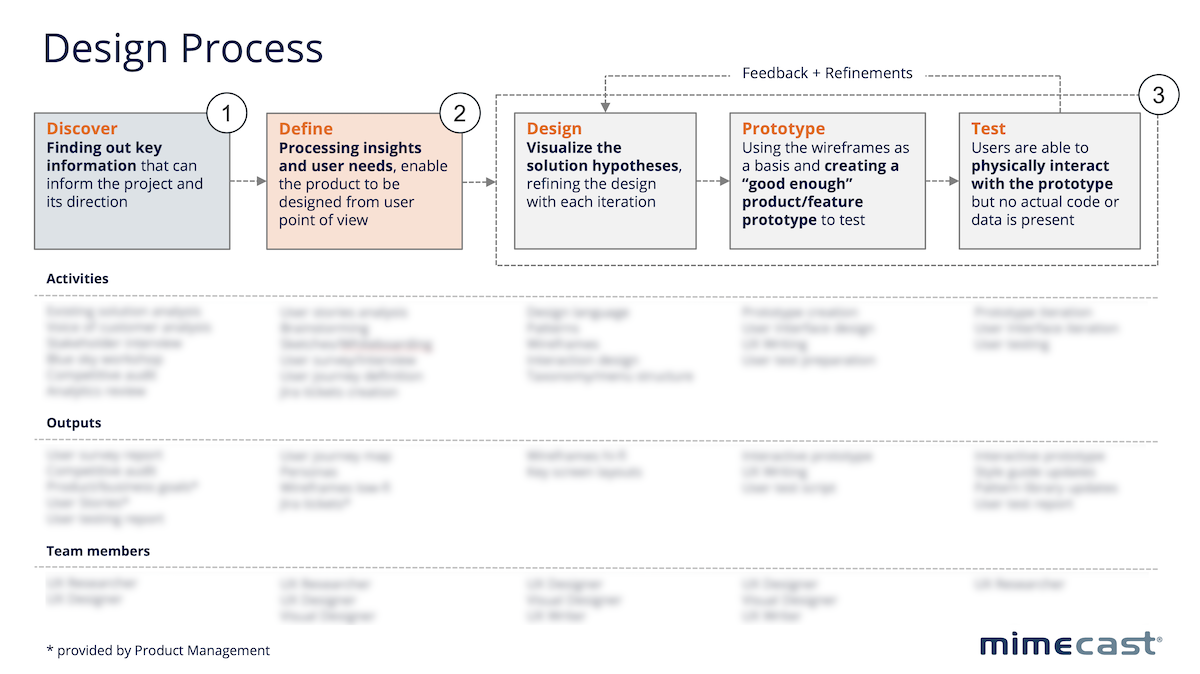
D'altra parte, i designer UX/UI hanno avviato una serie di attività che hanno portato alla creazione del Mimecast Design System. Il processo di redesign è stato pianificato e strutturato attraverso una serie di rilasci incrementali poiché un redesign completo di tutte le funzionalità non era possibile a causa delle restrizioni del codice legacy.
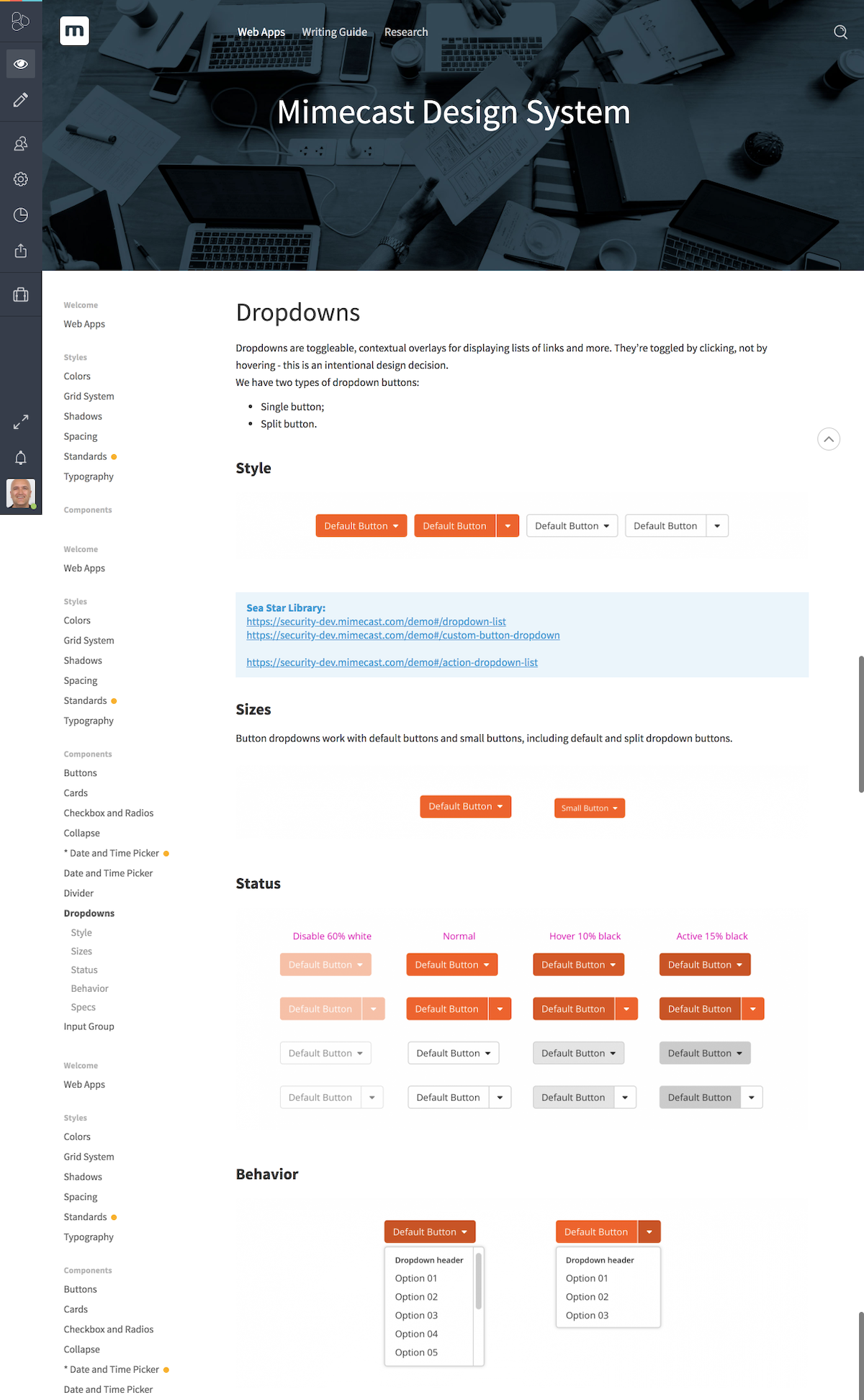
Tutte le nuove funzionalità sono state costruite con i nuovi pattern di design basati sul design system in uso. Lo sforzo dell'intero team di design si è distribuito su diversi trimestri, e finalmente i risultati sono stati visibili. È stata introdotta una piattaforma software dedicata che aiuta le aziende a migliorare l'utilizzo e il coinvolgimento del prodotto fornendo strumenti di analytics e feedback per informare sia i team di Product che di Design nelle loro attività quotidiane sulla Dashboard.
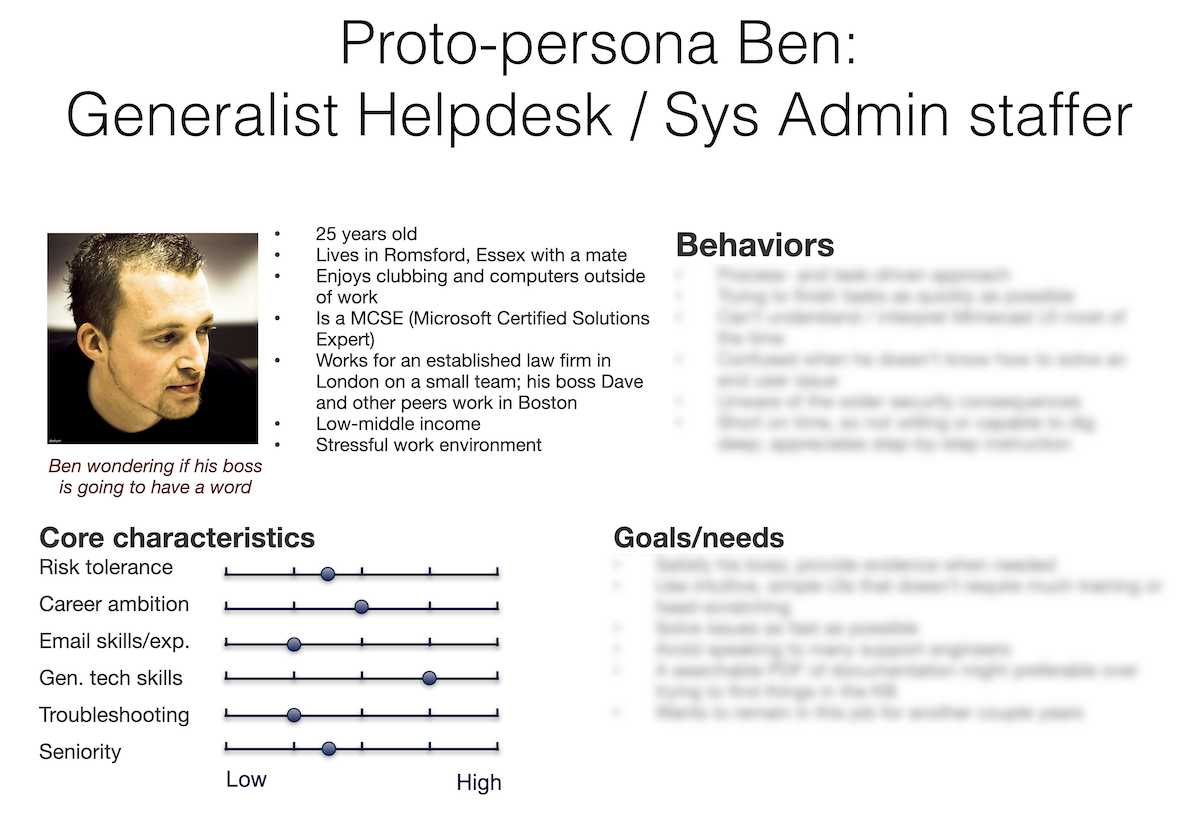
In parallelo, sono state condotte una serie di sessioni di test dei prototipi con un gruppo di early adopter in diverse aree geografiche, così il team ha potuto adeguare i propri sforzi di design. Infine, è stato profuso un notevole impegno nel processo di UX writing dove il team di scrittori dedicati ha migliorato i messaggi e il micro-copy nella Dashboard.
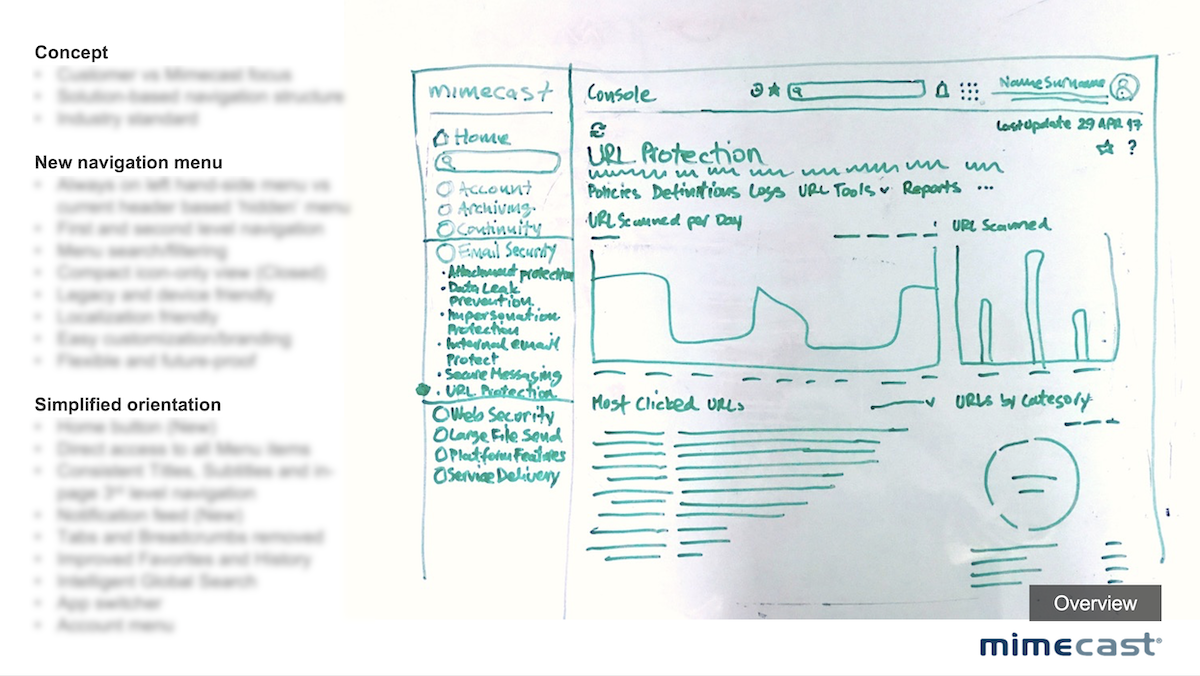
L'intero processo di delivery basato su Scrum è stato gestito attraverso uno strumento dedicato di project management e issue tracking condiviso tra i team di Design, Product ed Engineering.
Soluzione
Il team ha discusso con i team di prodotto e engineering per determinare quali funzionalità nella Dashboard Mimecast potessero essere sistemate per prime. Hanno poi mappato l'intera applicazione dal punto di vista funzionale e identificato i miglioramenti più semplici da implementare e le funzionalità più critiche.

Il team ha iniziato correggendo le nuove funzionalità per mostrare internamente come sarebbe apparsa l'esperienza migliorata, e questi sforzi sono stati rafforzati dai risultati delle sessioni con gli early adopter che testavano i prototipi costruiti con la nuova esperienza.
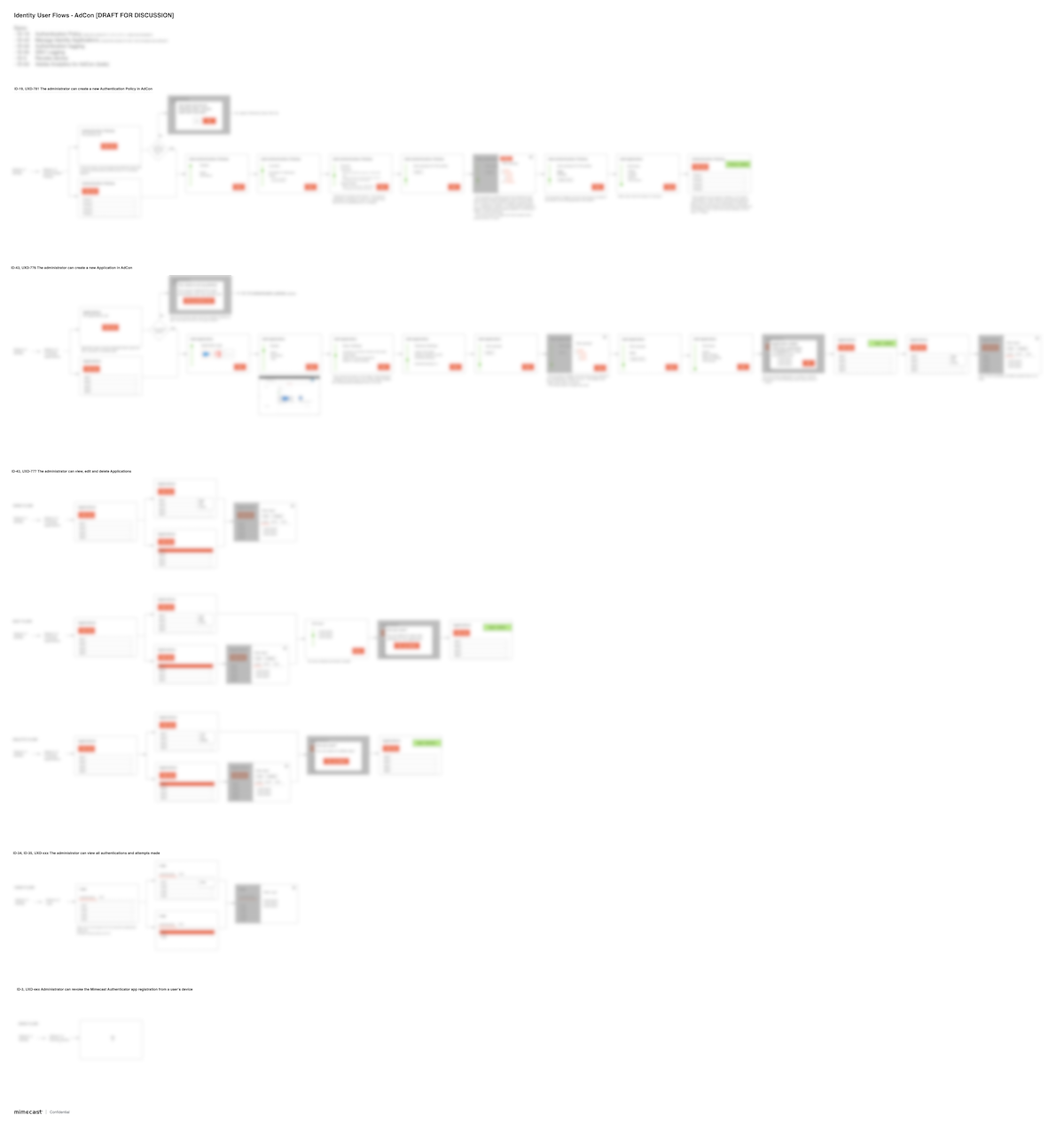
In parallelo, il design system ha iniziato a prendere forma e ogni nuova funzionalità costruita dal team è stata utilizzata per arricchire il contenuto del design system. Il progresso dell'esperienza della dashboard può essere iniziato lentamente, ma gli sforzi del team hanno alla fine guadagnato un significativo slancio mentre continuavano a lavorarci.
Mio contributo
Come iniziatore della vera evoluzione dell'esperienza utente, mi sono opposto alle resistenze interne e ho sfidato pratiche e framework consolidati, specialmente all'interno del dipartimento di engineering. Ho sostenuto il cambiamento a diversi livelli dell'organizzazione e ho guidato con l'esempio, correggendo porzioni dell'esperienza e mostrando la nuova esperienza invece di optare per un redesign importante da zero, che non era fattibile nel contesto aziendale attuale.
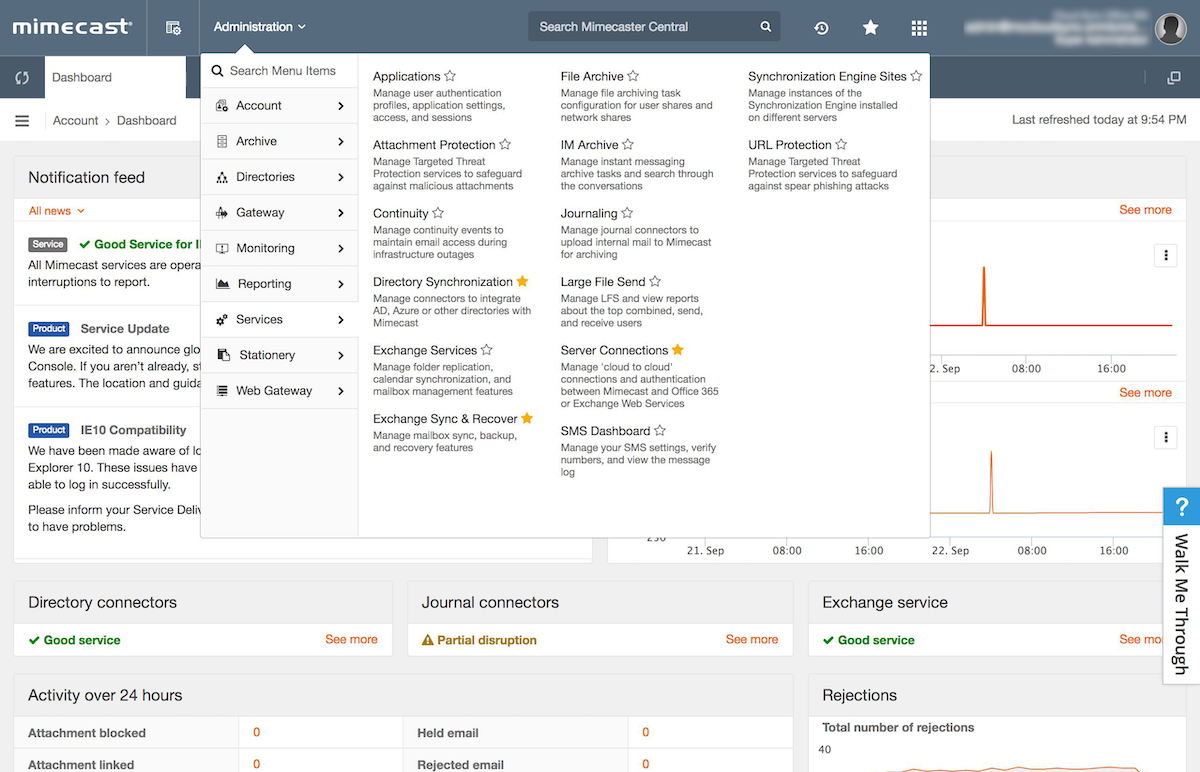
L'istituzione del team di ricerca è stata inizialmente percepita come qualcosa di non strategico, ma nel tempo, il risultato del loro lavoro nell'informare le decisioni di design è stato molto apprezzato dai product manager, key stakeholder e utenti della dashboard.
Outcomes by the Numbers
91%
Task success on critical admin workflows
4 days
Time-to-Value from tenant provisioning to first enforced policy
−38%
Support tickets per 1,000 tenants
−45%
Misconfiguration rate during policy validation
−42%
Average time-on-task across top 10 workflows
+46%
Adoption of new dashboard modules within 90 days
−37%
Average time taken to resolve email security rule threats
+21
NPS points among admin users
Results measured across two quarters post-launch; deltas vs. pre‑redesign baseline.
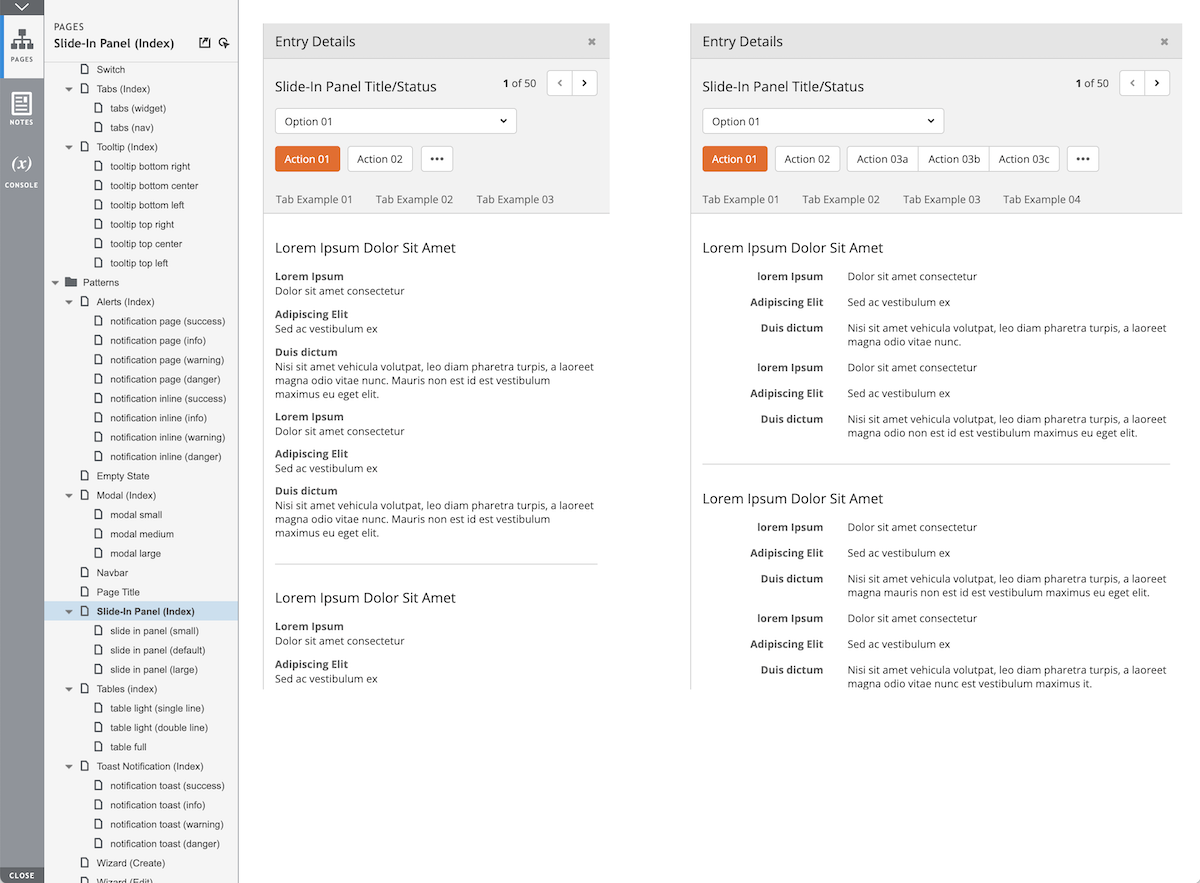
Inoltre, ho posto l'accento sulla funzione dei contenuti e sul loro contributo nel correggere lo stile e la struttura del linguaggio non ideale utilizzato nell'applicazione. La funzione di design non era più percepita solo come UI e 'skinning', ma come un player strategico all'interno del team, contribuendo all'esperienza complessiva del cliente e riducendo i costi operativi attraverso la riduzione delle spese di supporto nel tempo.
Cosa abbiamo imparato
Come User Experience Director in Mimecast, sono stato in grado di giocare un ruolo cruciale nell'organizzazione del prodotto e contribuire significativamente all'obiettivo di fornire una grande esperienza di prodotto in un ambiente altamente tecnico. Ho trasformato le sfide in opportunità mostrando gradualmente l'impatto del buon design sulle operazioni quotidiane dei nostri clienti attraverso l'uso della Dashboard Mimecast.
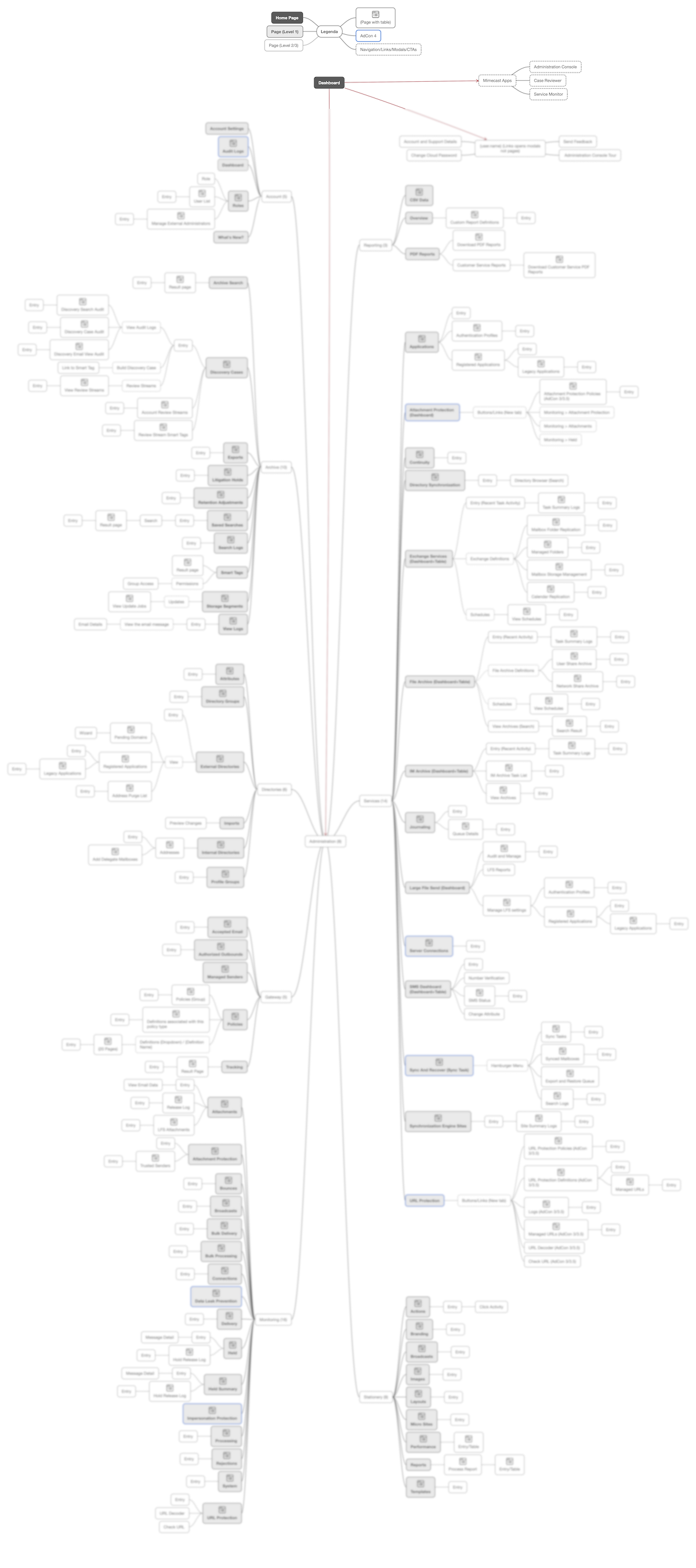
Una delle più grandi lezioni che ho imparato è stata che il cambiamento deve essere raggiunto a tutti i livelli e attraverso tutte le funzioni coinvolte nella creazione dell'esperienza cliente. Le alleanze che ho costruito attentamente nel tempo tra il team di Design e altri gruppi sono state anche cruciali, poiché a volte la resistenza al cambiamento e gli ostacoli non potevano essere superati senza diplomazia e buona volontà.
